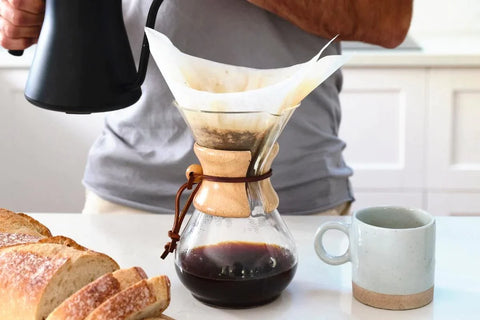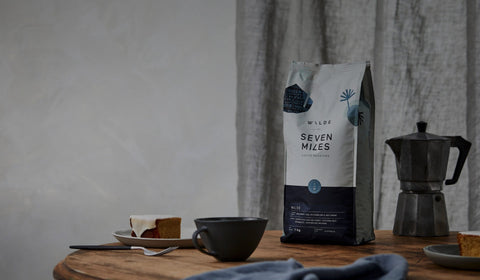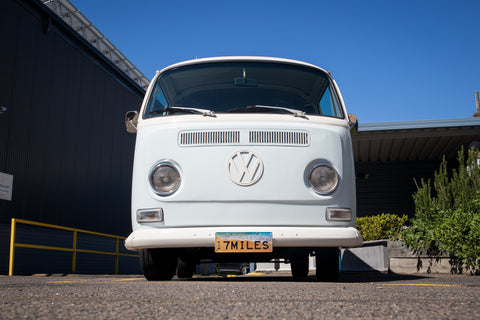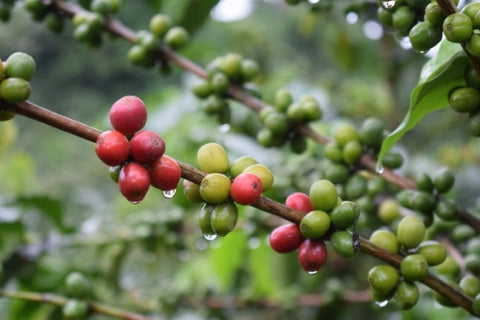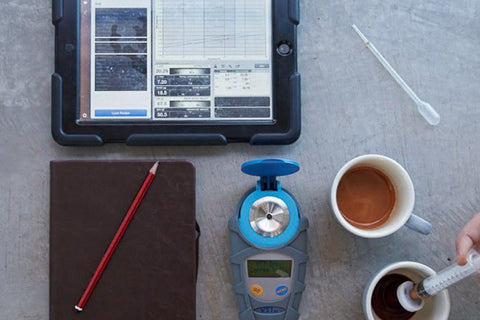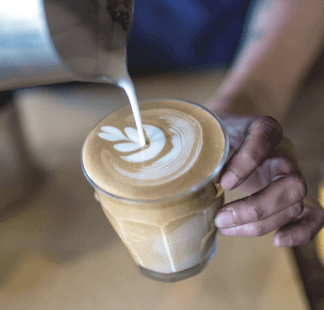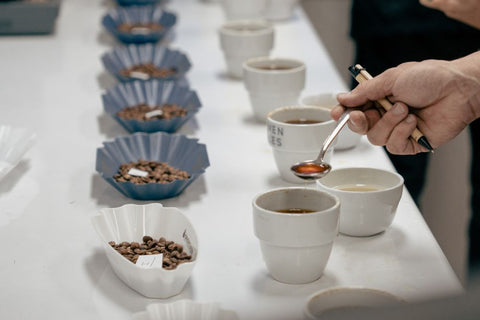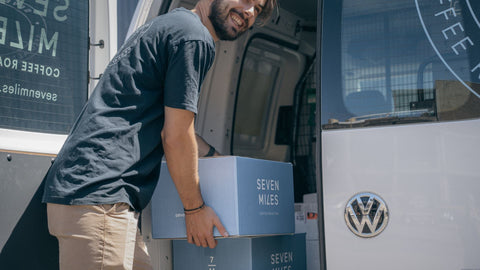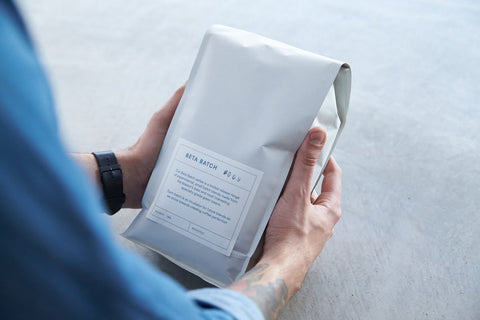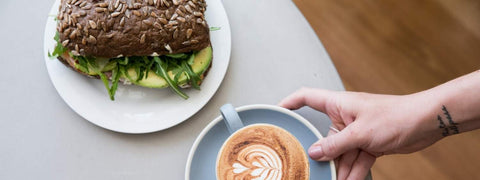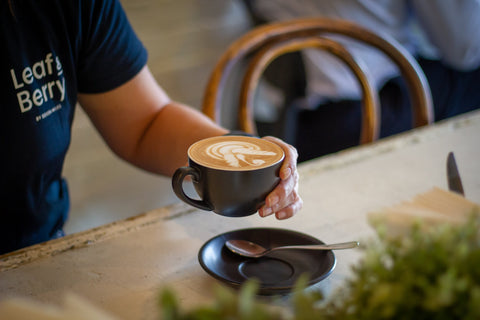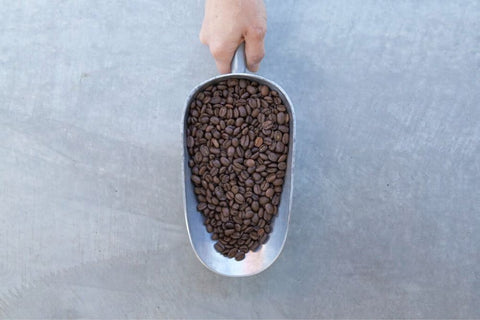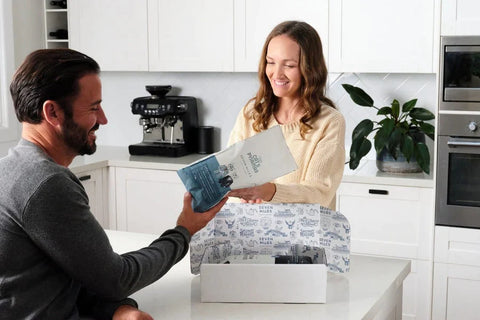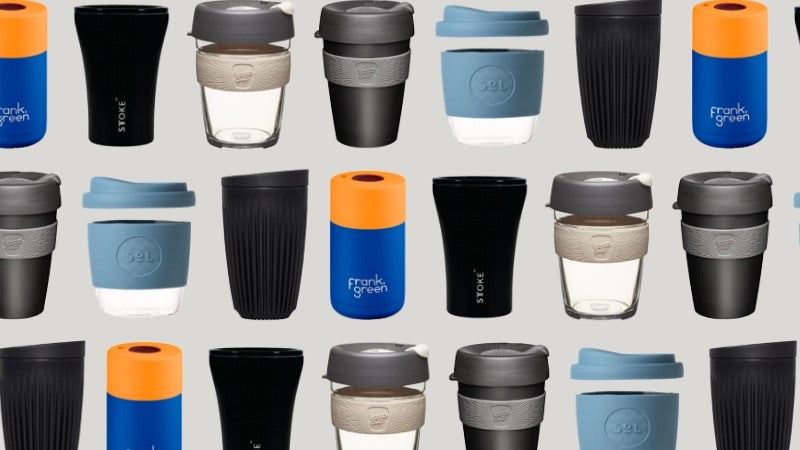Thanks to a growing focus on reducing waste, reusable cups (also called ‘keep cups’) are now more common than ever before. There are a number of good reasons to get a reusable coffee cup. They typically have a better seal than disposable cups, they can keep coffee hot or cold for longer, they don’t burn your hand when you hold them….and they last.
Not only that, but many cafes reward you with a discount for bringing your own cup - as if we needed more of an incentive to drink coffee. The question we answer today is - which reusable coffee cup should you buy? Of course, the answer depends on what matters most to you. Will it break? Will it keep the coffee hot? Will it spill? Does it match my designer cashmere scarf? As always our Coffee Next team turned to science for the answers. The summary of our results: 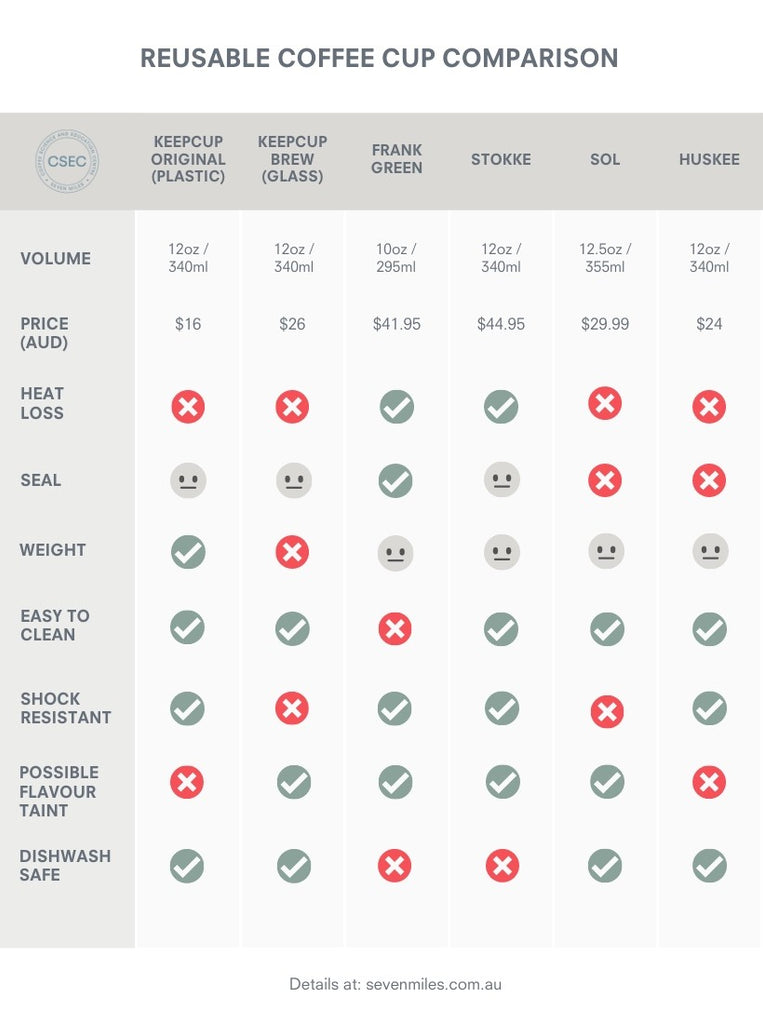
Which Reusable Coffee Cups did we test?
We tested 6 of the best reusable coffee cups to see which delivers:
Frank Green
This innovative & award-winning reusable cup, designed with a vacuum insulation layer and a complex sealing lid that not only keeps your coffee hot, but is airtight. There is even a model available with contactless ‘tap and go’ payment built in!
Sttoke
The sleek design makes this cup incredibly comfortable in the hand. With its double wall design, it keeps your cup of coffee nice and hot, just the way you like it! It was also the gold winner of the product design category of the 2018 Good Design Awards.
KeepCup Original
The very first design in the KeepCup range. It's made from plastic, which makes it durable as well as incredibly light. KeepCup Brew The glass version of the KeepCup Original. The tempered glass makes this cup shock resistant. This is a great alternative for those who prefer the look, feel & taste of glass.
Sol
These hand designed glass cups are incredibly durable, light, and also chemical free. To add to that, the Sol cups are dishwasher and microwave safe, making it easy to clean.
Huskee
This is a novel way to reuse coffee waste. These cups are made from a combination of 50% husk (a waste from the coffee industry), and 50% plastic which also make it unbreakable.
The Results
Deciding which cup is the best might seem subjective to people preferences. So to compare the different cups, we analysed the following features.
Which cup keeps coffee hot the longest?
We carried out a comparative study to evaluate the insulation properties of the different materials under laboratory conditions. To measure these changes, we log the temperature every 5 minutes, for which the lid of each cup was removed producing a greater heat loss than the potential heat retention they might have when they are closed.  Sttoke and Frank Green kept the heat the longest, with a slower decline in temperature. These cups are designed with a vacuum insulation layer.
Sttoke and Frank Green kept the heat the longest, with a slower decline in temperature. These cups are designed with a vacuum insulation layer.
In contrast, all the other cups had similar temperature profiles as result of single wall materials. Surprisingly, the results for these cups were much more similar than I imagined, given the different materials with different physical properties and thicknesses.
To be sure, we repeated the experiment, this time measuring the changes of temperature every 1 hour for Sol cup, KeepCup The Original and The Brew and the same results were obtained. We tested each reusable coffee cup and calculated the time it took to reach 60C, and this is what we got:
| Frank Green | 117 min |
| Sttoke | 98 min |
| Sol | 31 min |
| KeepCup The Brew & Huskee | 29 min |
| KeepCup The Original | 27 min |
Which reusable coffee cup is the most leak proof?
We tried a few things to test the seals of the cups: shaking, turning the cups upside-down, moving them up & down, side to side. In the end, both the Sttoke and Frank Green cups had the most leak-proof seals.
The Frank Green seal has a complex design formed by 7 parts with a small opening to drink the coffee through. On the other hand, the lid of the Sttoke cup has a slider to close the opening which works very well. Although the Sttoke cup didn’t pass the shaking test, it did pass the upside-down test. So, if there is a winner for best seal - in our tests it would be the Frank Green cup.
The KeepCup lids didn’t perform as well and will spill a small amount of liquid if tipped over. The remaining cups in our lineup, from Sol and Huskee cups don’t have a complete seal at all. So, don’t knock them over… It’s important to notice that these seals can have different results over time. As the materials in the lid wear, you may find that some lose their leaf-proof abilities as they age.
Which cup weighs the most?
When purchasing a reusable cup, weight is an important thing to factor in. Do you want to be carrying around a heavy cup in your bag all day? Perhaps, if that’s the cost for keeping your coffee hot for longer. Reusable coffee cups, in order from lightest to heaviest:
| KeepCup The Original | 99 g |
| Sol | 202 g |
| Huskee | 220 g |
| Frank Green | 223 g |
| Sttoke | 250 g |
| KeepCup The Brew | 274 g |
If weight is the top priority, I would recommend the plastic option: KeepCup The Original. Whereas if you care about your coffee staying hot, then the thermal retention properties may offset the weight of the cup.
Which cup is easiest to clean?
We timed the effort to clean the different options including washing the cups, disassembling the parts of the lids and once clean, putting them back together. We followed the instructions of each cup based on their websites as some are more difficult to assemble.
| Huskee and Sol | 13 – 14 sec |
| KeepCup The Brew and The Original | 18 sec |
| Sttoke | 35 sec |
| Frank Green | 1 min 37 sec |
In essence, the better the seal, the more complicated it is to clean. The best example is the Frank Green cup, which has quite a complex seal. In contrast, the Sol cup with the silicone lid is the easiest to clean in this lineup, we just need to remove the silicone and the lid to wash individually.
Huskee and Sttoke cups have a simple silicone band around the lid that is easy to remove for cleaning. KeepCup cups are easy to clean as well, with just a removable plug in the lid.

Which reusable cup is most heavy duty?
The plastic from KeepCup The Original and Huskee cup is polypropylene. This type of plastic has a good impact strength, so it won’t crack easily. The Frank Green and Sttoke cups are made mainly from stainless steel. This material is strong, which make these cups durable when it comes to crack resistance. In contrast, glass is fragile and can break, but the type of glass can make it more resistant to breakage.
KeepCup The Brew is made of tempered glass whereas Sol cups are made with a high percentage of borosilicate, which are both stronger alternatives than regular glass. While both of these are strong, they’re not unbreakable. It’s worth noting that they are also susceptible to breaking during drastic temperature changes (like removing from a hot dishwasher) - when they break, they can shatter. In the table below we can have an idea of the resistance to fracture of the different materials. The greater the fracture toughness (Kic), the more resistant:
| Brand | Cup Material | Fracture Toughness Kic (MPa·m1/2) |
| Frank Green | Stainless steel | 62 - 280 |
| Sttoke | Stainless steel | 62 - 280 |
| KeepCup The Original | Polypropylene | 3 - 4.5 |
| KeepCup The Brew | Soda lime glass | 0.55 - 0.7 |
| Sol | Borosilicate glass | 0.5 - 0.7 |
| Huskee | Composite polymer, polypropylene and husk (up to 50%) | 3 - 4.5 |
Source: Cambridge University Engineering Department.
So if you want your cup to last, buy either stainless steel or plastic. Stainless steel may lose the vacuum insulation if it is dropped or put into the dishwasher. If that happens, you can still use it as a cup, but won’t keep your coffee hot any longer.
Which cup tastes best?
Believe it or not, some cup materials can have an interaction with the coffee, tea, water or whatever we fill them with. Some of these materials may allow flavour compounds from the beverages to get into the cup structure and then gradually release them in new beverages. This phenomenon, called migration, is due to a difference of concentration of substances and is affected by different factors such as materials, contact time and temperature.
If we drink a coffee from a cup and then we use it for something else (like water), we might taste some coffee hints. This is the case with plastic: KeepCup the Original and Huskee cups. In contrast, if this doesn’t happen which means molecules cannot pass through the structure of the cup, we say that material is inert. An example of this kind of material are glass (Sol and KeepCup The Brew) and ceramic (Frank Green and Sttoke cup, with a ceramic inner layer). Inert materials enhance the natural flavour of coffee, as they don’t get contaminated with undesirable flavours.
Conclusion: Which is the best reusable coffee cup?
Everything has pros and cons. Reusable cups are no different! To sum up - if you want your coffee to stay hotter for longer, and to survive the rigours of everyday life, the Frank Green or Sttoke cup are both great options.
If you prefer drinking from a glass (like me) to enhance the real flavour of coffee, the Sol or KeepCup ‘The Brew’ would suit. For those who want a lightweight cup that can survive a bruising, both the Huskee and KeepCup Original are hard to beat! For all their differences, they all have one thing in common: they are all reusable, and as long as you use them long term, the environment will thank you.
References Academic Journal Papers
- Journal of cleaner Production 193 (2018) 491-505, Food Packaging in the circular economy: Overview of chemical safety aspects for commonly used materials, Geueke. et al.
- Materials data book, accessed in November 2019.
- KeepCup, accessed in December 2019.
- Sttoke cup, accessed in December 2019.
- Sol cup, accessed in December 2019.
- Frank Green cup, accessed in December 2019.
- Huskee cup, accessed in December 2019.
